Mexico City sprawls across nearly 600 square miles and has over 9 million residents who have discovered dozens of hidden neighborhoods that are barely listed in guidebooks. This giant city overlays pre-Columbian Aztec ruins beneath colonial structures, with modern quarters hiding generations-old family restaurants that employ the same recipes.
The residents, or chilangos, fiercely defend the city’s riches as intensely as they defend their prized soccer and street foods, releasing them only to those adventurous enough to diverge from the tourist track. While tourists flood Zocalo and Chapultepec Park, real Mexico City is waiting in neighborhood markets, rooftop gardens, and tiny cantinas where mariachi bands play for tips and stories.
Here are 20 secret gems where locals dine, drink, and get the authentic flavor of one of the world’s great cities.
Mercado de San Juan Gourmet Section

Hidden within this traditional market is a section where high-end chefs source exotic ingredients, such as grasshoppers, wild boar, and rare chiles, from across Mexico. Local food enthusiasts browse stalls selling everything from French cheeses to Oaxacan mole paste, creating an unlikely fusion of global and traditional flavors.
The market’s back corner features a tiny restaurant where vendors eat lunch, serving dishes made from ingredients too unusual for most tourist palates.
Roma Norte’s Secret Gardens
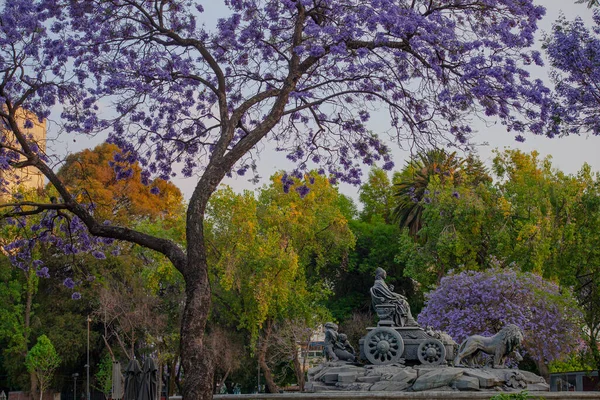
Tucked behind unassuming doorways along tree-lined streets, several restaurants and bars feature hidden courtyards that feel like private oases. These garden spaces remain invisible from the street, known only to locals who’ve discovered entrances through word of mouth.
Ivy-covered walls and fountain sounds create intimate settings where young professionals gather for weekend brunches and evening cocktails.
Like Travel Pug’s content? Follow us on MSN.
Xochimilco’s Floating Gardens
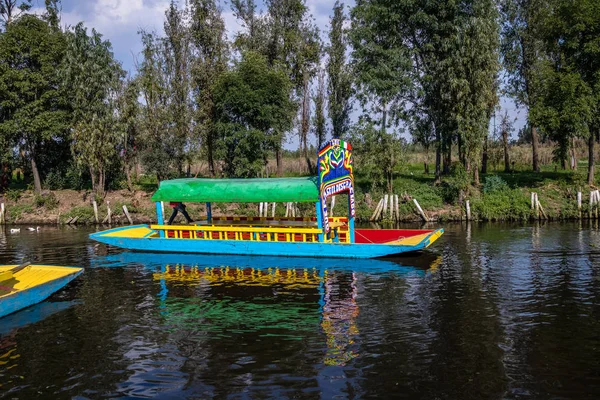
Beyond the tourist trajineras lies a network of working agricultural islands where local farmers still grow vegetables using ancient Aztec techniques. These chinampas produce some of Mexico City’s freshest produce, sold at neighborhood markets throughout the week.
Early morning visits reveal farmers working fields that have fed the city for over 500 years, their methods unchanged despite the urban sprawl surrounding them.
Cantina La Coyoacana

This neighborhood bar has served local families for three generations, maintaining the same recipes and atmosphere that attracted artists like Frida Kahlo and Diego Rivera. The walls display photos of regular customers spanning decades, creating a visual timeline of the neighborhood’s evolution.
Locals gather here every evening to debate politics over mezcal and listen to musicians who play for drinks rather than money.
Azotea Verde Vertical Farm
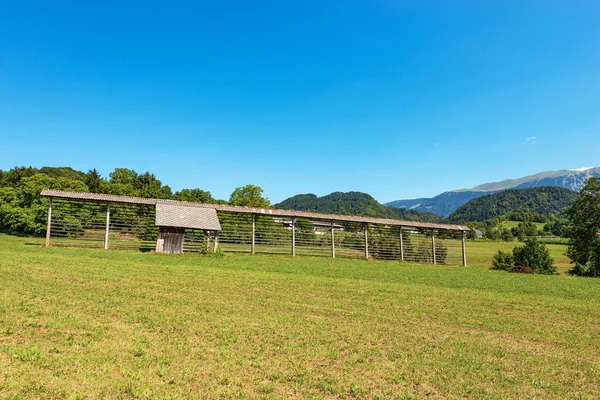
This rooftop urban farm grows organic vegetables high above the city’s traffic and pollution, supplying several neighborhood restaurants with impossibly fresh ingredients. Local environmental groups use the space for workshops on sustainable living and urban agriculture.
The rooftop location offers unexpected views of historic neighborhoods while showcasing how traditional farming adapts to modern urban challenges.
Like Travel Pug’s content? Follow us on MSN.
Libreria del Sotano Jazz Nights
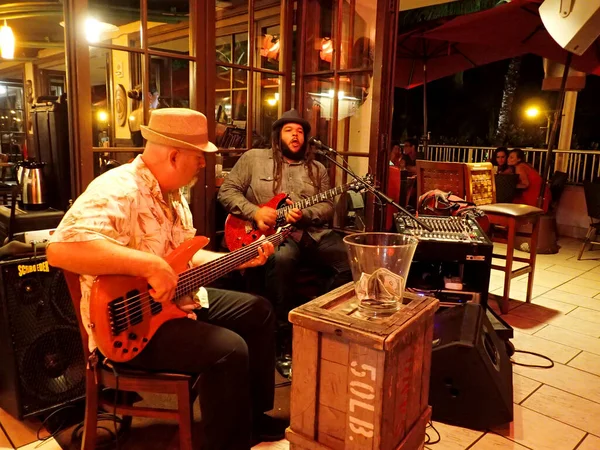
This underground bookstore transforms into an intimate jazz venue every Thursday evening, where local musicians perform among towering bookshelves for an audience of literary-minded music lovers. The combination of rare books and live music creates an atmosphere unlike any other in the city.
Regular attendees include writers, university professors, and jazz enthusiasts who treat these weekly gatherings like sacred rituals.
Mercado Medellín’s Colombian Corner
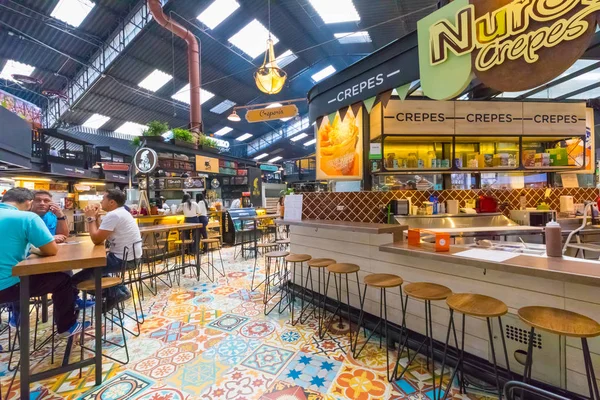
Within this traditional Mexican market, Colombian immigrants have created a small section selling authentic South American ingredients and prepared foods. Local Colombian families gather here on weekends to buy empanadas and fresh cheese while speaking Spanish with distinctly different accents than their Mexican neighbors.
The cultural fusion creates unique flavors and friendships that bridge national boundaries.
Casa de los Azulejos Hidden Café
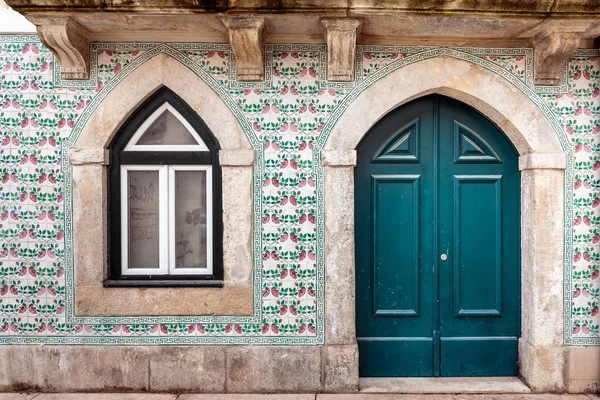
Behind the famous tiled facade lies a small café frequented by downtown office workers who’ve discovered excellent coffee and pastries away from tourist crowds. The space occupies a colonial courtyard where local artists sometimes display work and business people conduct informal meetings.
Morning regulars include judges from nearby courts and journalists who appreciate the café’s quiet atmosphere and reliable internet connection.
Like Travel Pug’s content? Follow us on MSN.
Tepito’s Weekend Concerts
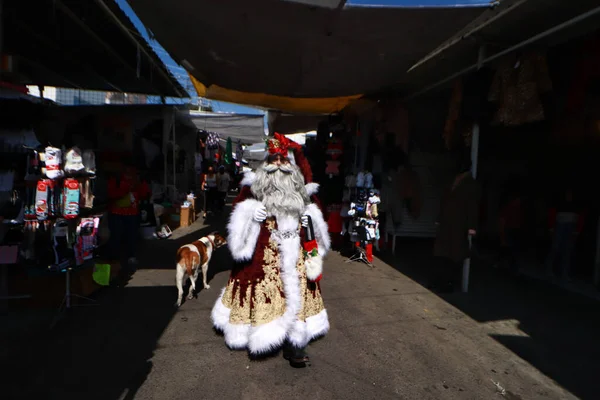
This working-class neighborhood hosts informal concerts in small venues, where local musicians perform a range of genres, from traditional ranchera to experimental rock. These intimate shows attract music lovers willing to venture into an area that guidebooks typically warn against visiting.
The community’s strong cultural identity creates supportive audiences, where established and emerging artists share stages and stories.
Parque España’s Morning Tai Chi
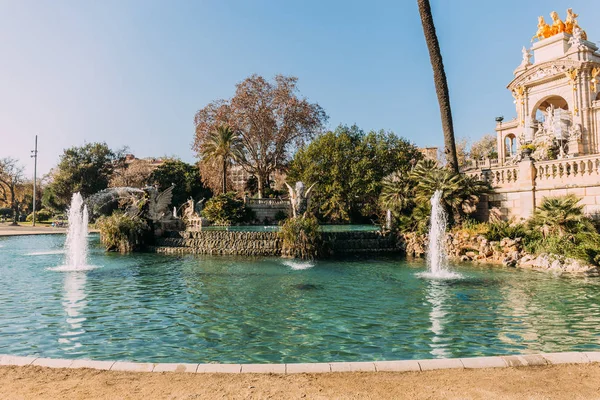
Every morning before sunrise, a group of mostly elderly locals practices tai chi in this small neighborhood park, creating a peaceful scene that contrasts sharply with the city’s usual chaos. Participants welcome newcomers, regardless of their experience level, and teach basic movements to anyone interested in joining their daily ritual.
The group’s dedication transforms an ordinary urban park into a center for community wellness and meditation.
Fonda Margarita’s Back Room
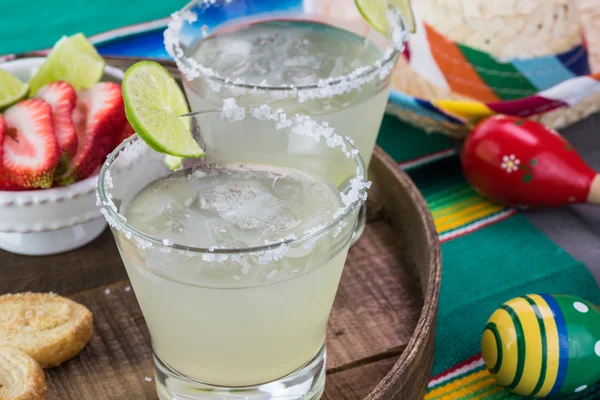
This family restaurant serves neighborhood regulars in a tiny back room where the grandmother still cooks using recipes brought from Puebla decades ago. The front dining room accommodates tourists, but locals know to ask for the back area where portions are larger and prices are lower.
Three generations of the same family work together, creating dishes that represent authentic home cooking rather than restaurant interpretations.
Like Travel Pug’s content? Follow us on MSN.
Centro Historico’s Rooftop Bars
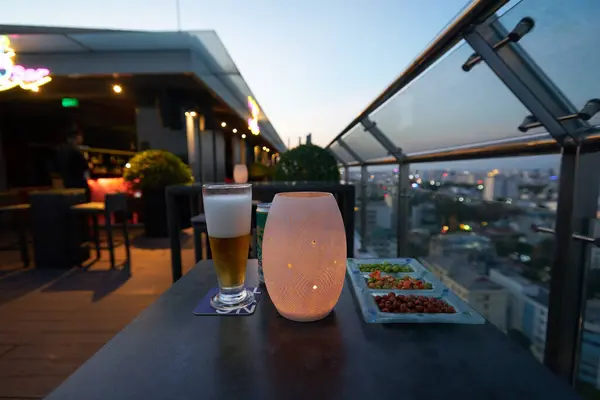
Several buildings in the historic center hide rooftop bars accessible only through unmarked doors and narrow staircases that test visitors’ determination. These elevated spaces offer incredible views of colonial architecture and modern skyscrapers, serving craft cocktails to crowds of young professionals.
The contrast between the ancient streets below and the contemporary bar culture above perfectly captures Mexico City’s multifaceted personality.
Bosque de Chapultepec’s Hidden Lake
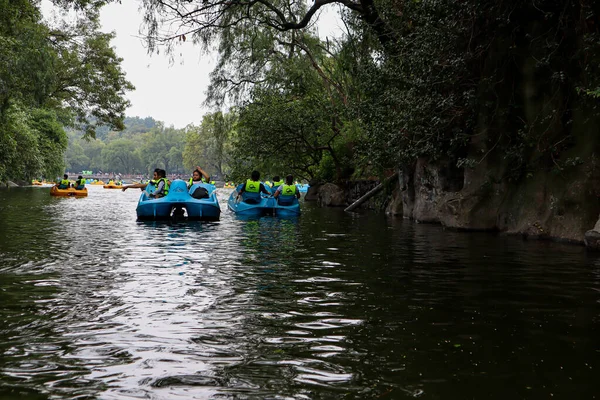
A small lake tucked away in the park’s less-visited section serves as a gathering place for local families who bring picnics and children to feed ducks away from tourist crowds. Weekend mornings bring extended families who claim shaded spots under ancient trees for celebrations that can last entire afternoons.
The area’s peaceful atmosphere provides refuge from urban intensity while remaining easily accessible by metro.
Polanco’s Underground Mezcal Bar
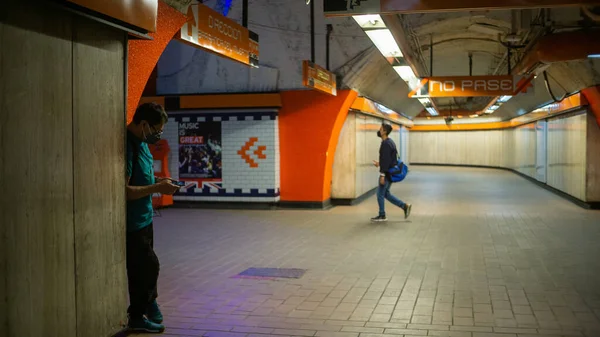
This basement bar specializes in small-batch mezcals from family producers across Oaxaca, attracting serious spirit enthusiasts who appreciate the bartender’s encyclopedic knowledge of agave cultivation and distillation. The intimate space seats only 20 people, creating conversations between strangers united by their appreciation for Mexico’s national spirit.
Local mezcal collectors often bring rare bottles to share with fellow enthusiasts during special tasting events.
Like Travel Pug’s content? Follow us on MSN.
Coyoacan’s Literary Café
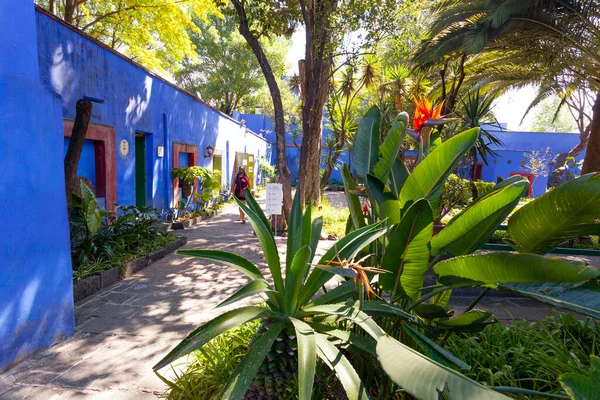
This café occupies the former home of a prominent Mexican writer, maintaining his library and hosting weekly readings where local authors share work with intimate audiences. The space combines excellent coffee with intellectual discourse, attracting university students, professors, and writers who appreciate the literary atmosphere.
Regular patrons often leave books for others to discover, creating an informal lending library alongside the commercial café operation.
Condesa’s Dog Park Social Scene
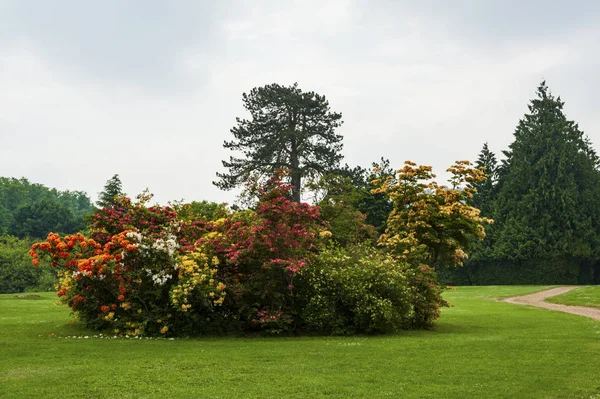
This neighborhood’s dog park serves as an informal social club where local pet owners gather daily to discuss neighborhood issues while their dogs play together. The community that forms around pet care extends beyond the park, with regular barbecues and holiday celebrations that strengthen neighborhood bonds.
Long-time residents credit the dog park with revitalizing community spirit and creating friendships across generational and economic lines.
San Angel’s Saturday Art Market

Local artists display their work in this charming neighborhood market, which attracts serious collectors rather than casual tourists seeking souvenirs. The intimate setting allows conversations between artists and buyers, creating relationships that support Mexico City’s vibrant contemporary art scene.
Weekend regulars include gallery owners, interior designers, and art enthusiasts who appreciate the opportunity to discover emerging talent before gallery representation.
Like Travel Pug’s content? Follow us on MSN.
Doctores Neighborhood’s Boxing Gym

This traditional boxing gym has trained several professional fighters while serving as a community center where local youth learn discipline, respect, and athletic skills. The gym’s walls display photos of champions who started training here, inspiring current students who dream of professional careers.
Community support keeps membership fees low, ensuring that economic circumstances don’t prevent motivated young people from participating.
Roma Sur’s Vintage Market

Every Sunday, collectors and vintage enthusiasts gather in a small plaza to buy and sell everything from 1950s furniture to vinyl records and vintage clothing. The market attracts both serious collectors and casual browsers who appreciate the stories behind each item for sale.
Local musicians often perform while shoppers browse, creating a festival atmosphere that celebrates Mexico City’s rich cultural history.
Tabacalera’s Cultural Center
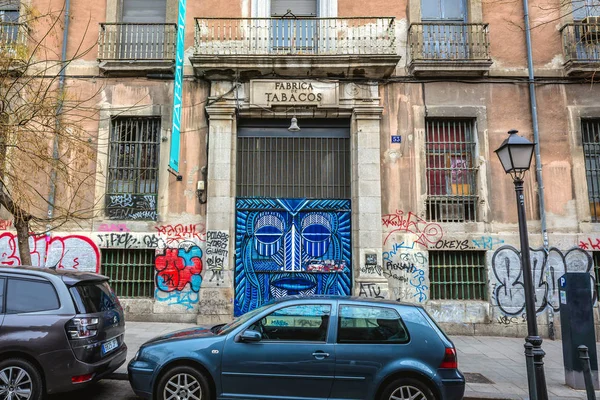
This converted tobacco factory now houses artist studios, galleries, and performance spaces where local creative communities gather for openings, concerts, and cultural events. The building’s industrial architecture provides dramatic backdrops for contemporary art installations and experimental theater productions.
Regular visitors include artists, students, and cultural enthusiasts who appreciate the center’s commitment to supporting emerging Mexican talent.
Like Travel Pug’s content? Follow us on MSN.
Where Tradition Meets Tomorrow
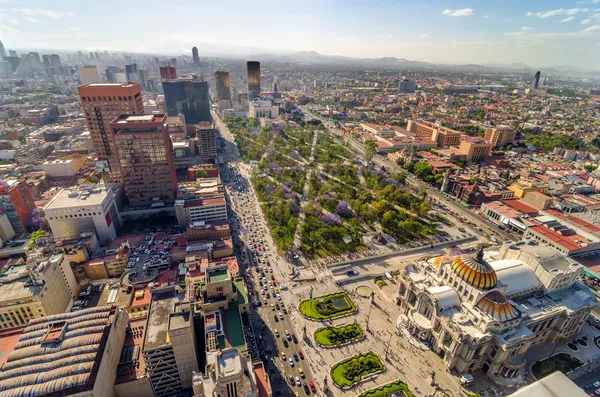
Mexico City’s off-the-tourist-track destinations reveal a city in which old traditions shape themselves daily to accommodate modern urban circumstances, forging authentic experiences immune from the homogenizing forces of globalization. Local favorites demonstrate how chilangos retain social bonds and national identity even in the midst of one of the globe’s largest cities.
Every neighborhood constructs its identity around meeting points that address residents’ social, cultural, and spiritual needs while preserving traditions that connect modern-day Mexico City to its rich historical past. The city’s ability to conceal such diverse and authentic experiences behind its sprawling metropolitan facade guarantees discovery here repays curiosity with surprises that both feel unexpected and timeless, characteristically Mexican.
More from Travel Pug

- 20 Best Beach Towns in the Carolinas
- 13 Destinations Where Tourists Regularly Regret Their Trip
- 20 Destinations That Are More Magical Without an Itinerary
- 20 Underrated Adventures That Belong on Your Travel List
- 20 Cities Where You Should Just Wing It, No Planning Required
Like Travel Pug’s content? Follow us on MSN.w us on MSN.N.
